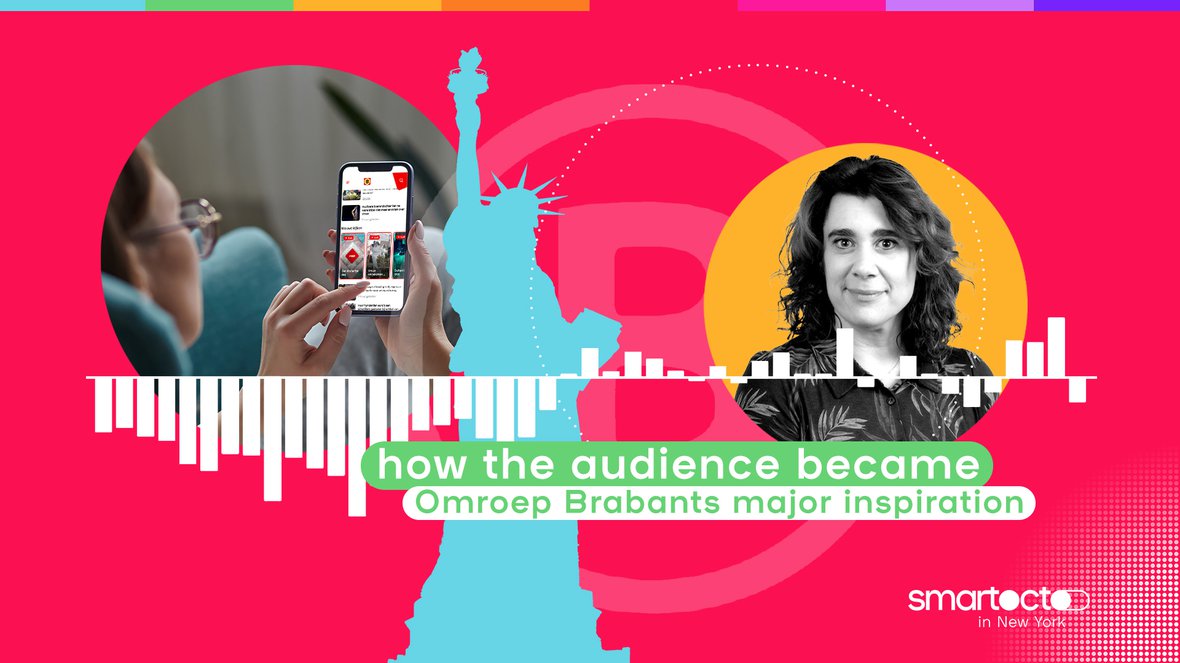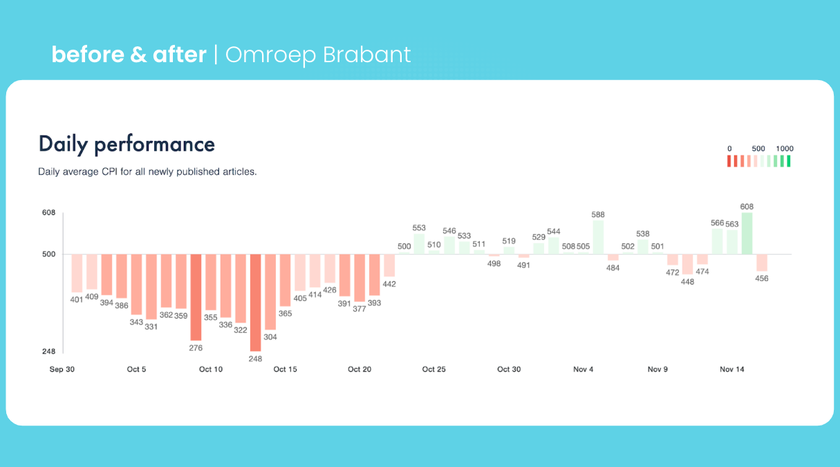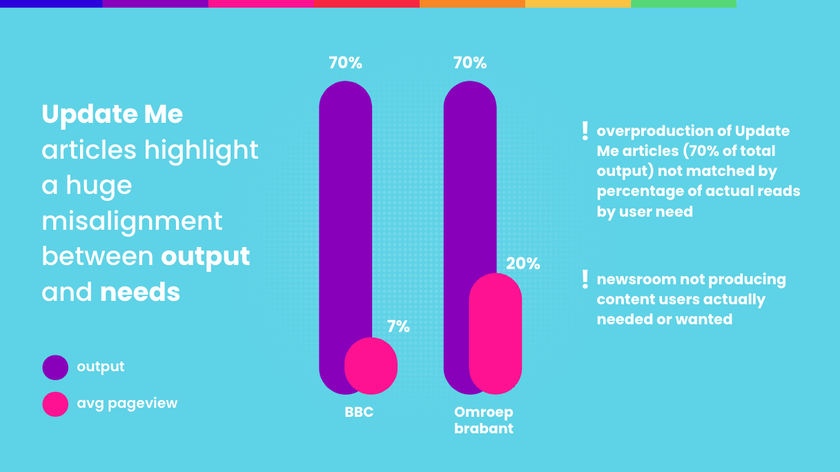Omroep Brabant have been keen pioneers of applying the user needs for news theory to the real world ever since we started our research. In this interview, we spoke to their editor, Janneke Bosch, about how the Dutch regional player incorporated the user needs theory into their newsroom - and share the results of that endeavour.
Janneke Bosch is no stranger to these pages. Omroep Brabant have been keen participants in various user needs trials and one - where we looked at using ChatGPT to devise alternative headlines - was featured in a webinar. On a day to day basis, she’s the one overseeing what appears on omroepbrabant.nl and how it is presented.
Janneke, we've spoken before about your efforts to incorporate user needs into the editorial process. How’s that going?
"We've come to view user needs as an inspirational tool that we can use every day in editorial meetings, and it's fully integrated with everyone now. Our approach is as follows: we look at the stories that have received a lot of traffic and then ask each other what new angles there are on the same topic. I find the User Needs Model 2.0 to be a brilliant contribution to this."
So, you literally go around the different user needs, and that generates more inspiration for coming up with new content ideas?
"Yes, that's the primary way we use it. It’s also helped us strengthen our evergreen content - those articles that we’re able to recycle by featuring them again in our reporting. It’s something we often use in explanatory stories to provide context to the news - and, done right, these pieces can be told over and over. For example, we once published a piece explaining exactly what a special police arrest unit is and what tasks its members perform. Each time that unit is referenced in the news, we link to that story or place it on the homepage. This way, we’ve already met the 'Educate me' need. That story always does well."
It’s not just an intellectual exercise: Omroep Brabant has got tangible results from this approach. The kind of stories Janneke mentions are not only read often, but well. And, when you look at the daily average CPI scores over time (our compound metric that gives an at-a-glance view of content performance), an obvious (and quite abrupt) change has occurred. There are significant, positive implications for audience loyalty and engagement.


